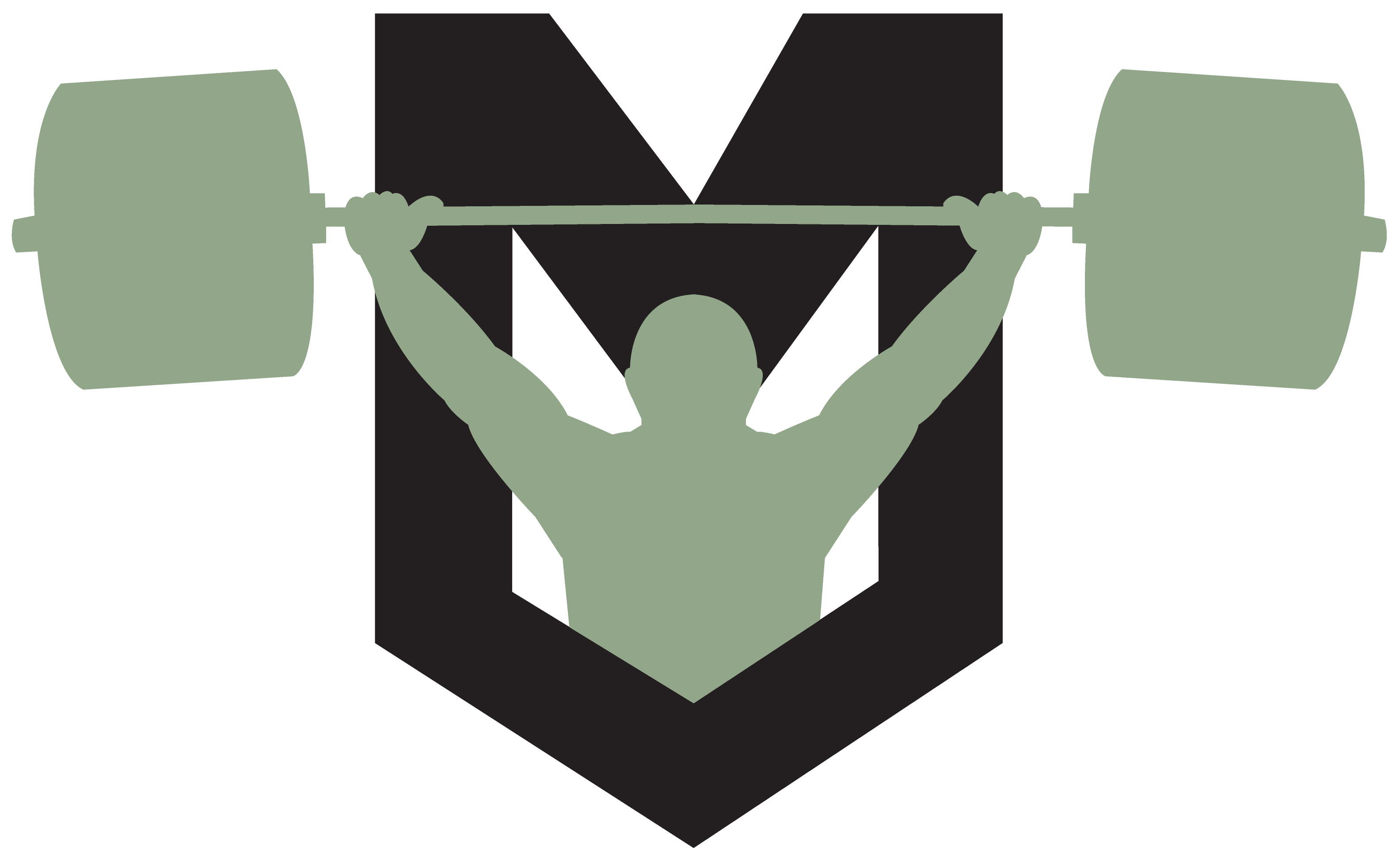Check out one of our 13 Books on topics like programming, conjugate method, injury prevention, nutrition, mindset, and competition prep at:
==> https://www.mashelite.com/ebooks/
or Check out one of our Online Teams and Nutrition Programs at:
⇨ Mash Coaching
================================================
Velocity and the RPE Scale
This week I had the privilege of podcasting with Coach/Athlete Mike Tuchscherer. I am pretty sure that Mike is the first guy to introduce the Powerlifting world to the RPE scale, and now thanks to him I use it in the weightlifting world. Let me explain the RPE System a little better.
RPE stands for rate of perceived exertion. This scale originated in the running world, but Mike borrowed it for a couple of reasons. Typical periodization utilizes percentages to prescribe intensities on a daily basis. These programs have all been shown to be effective, but they have one major flaw. Standard periodized percentages don’t take into account daily stress or each person’s normal hormonal cycle.
Studies have shown that an athlete’s 1-repetition maximum can range 18% up or down on a daily basis. That’s a 36% swing, and that makes percentages sometimes less than optimal. These daily swings are taken into account with the RPE System. Here’s the way it works:
RPE 10- Maximal Lift
RPE 9- One repetition is left in the tank
RPE 8- Two repetitions are left in the tank
RPE 7- Three repetitions are left
RPE 6- Four
REP 5- Five
RPE 4- Six
RPE 3- Seven
RPE 2- Eight
RPE 1- Nine
There are two ways that this scale can work with a coach and an athlete. First this is a great way for the coach to communicate with the athlete the optimal intensity for the day. This starts to quantify the desire of the coach. With online coaching this can be a real help. Sometimes it’s hard for the athlete to understand what the coach is trying to communicate. For example, if I tell an athlete that I want them to go light in the squat on a particular day, I am not certain that the athlete will comprehend my intent for them. “Light” for one athlete isn’t “light” for another. If I tell them to work up to a 7 RPE, there starts to be a better comprehension.

Second it’s a great way for an athlete to communicate with the coach. If an athlete performs a lift and tells the coach that the lift felt like an 8 RPE, the coach will know that there is plenty more in the tank. This can be especially helpful at a meet when choosing attempts.
However there is one major problem with this system, and that’s it can be very subjective. In a world of numbers like powerlifting and weightlifting, subjectivity can be a real problem. I believe that this system could be really effective for more seasoned athletes. It’s the brand new ones that this could be a problem. When a person first starts training, they simply don’t know their bodies well enough to decide between a 7, 8, or 9 RPE. How can this be quantified?
This is where velocity can come in. There are a few affordable options out there that could work well like “Open Barbell” or “Form Collar”. The key is to find solid velocity numbers for each athlete starting with a maximum lift. Most people start to shortly after .3m/s. However some can finish a lift at .15m/s if they have amazing grind abilities like my friend Hayden Bowe.
Once you can establish a 1RM velocity, you can then start working down. For example you will know that for a person with a .3m/s velocity during a 1RM, a lift moving at .75 m/s is no where near a 9 RPE. Everyone is slightly different, but you could start with a scale like this:
10 RPE- .3m/s and down
9 RPE- .3 to .5 m/s
8 RPE- .5 to .75 m/s
7 RPE- .75 to 1 m/s
6 RPE- 1 to 1.3 m/s
5 RPE- Greater that 1.3 m/s used for starting strength or warm up
1-4 RPE- Warm up weight used for technique and recovery.
Velocity is simply the best way to quantify training intensity. I love all the different ways that velocity can aid a coach or athlete in the weight room. Louie Simmons used to talk about velocity all the time back when I was competing, and I just thought that he was trying to sound smart. Now that I am a coach, I totally understand why he talked so much about it.
In a couple of weeks, Coach Spencer Arnold (Power and Grace Performance) and I are releasing our new book “Bar Speed”. Right now velocity based training has made its way through the strength and conditioning world. We are going to bring it to the strength and CrossFit world in an attempt to improve the world that we love so much. This book is going to be great for:
• Weightlifting coaches and athletes
• Powerlifting coaches and athletes
• CrossFit coaches and athletes
• Strength and conditioning coaches and athletes
• High School weight room coaches for safety and teaching tool
• SuperTotal coaches and athletes
I can’t wait to release this book, as the programming inside will be different from anything that I have ever published. This book will help coaches and athletes:
• Define daily intent
• Keep the weight room safer
• Teach effort
• Prevent over-training
• Guarantee that all qualities of strength are being trained
Stay tuned! If you are not on our newsletter list, you can get a FREE Copy of our E-Book “The Mash Method” all at the same time at:

